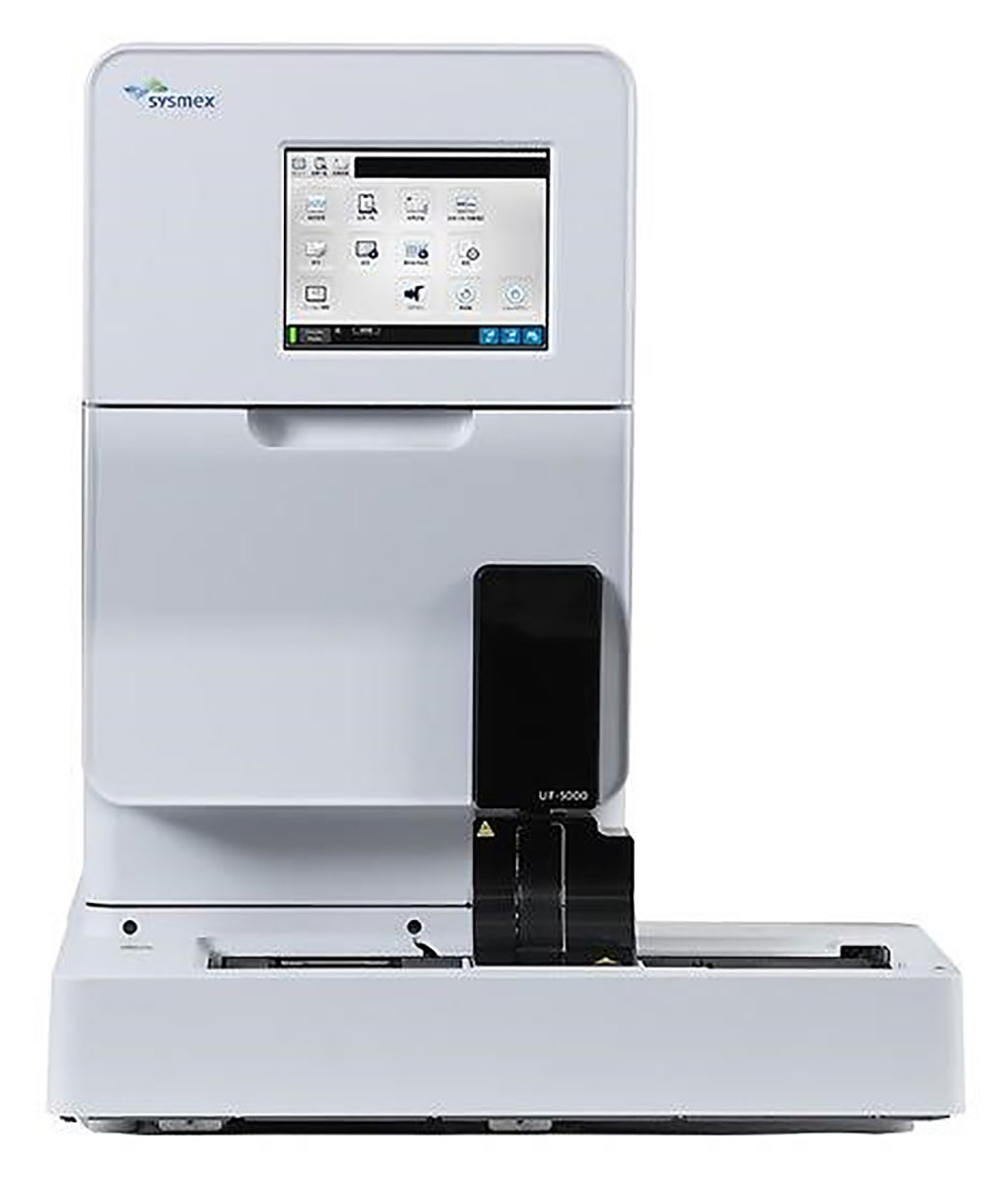Urine Osmolality Measurement Evaluated on Automated Analyzer
By LabMedica International staff writers
Posted on 06 Oct 2020
Urinalysis is a convenient and non‐invasive screening tool for use in both an outpatient and inpatient setting. Automated flow cytometry‐based urine analyzer is increasingly being used to identify and enumerate cells and particles in urine specimens. It measures electrical conductivity which could be transformed to osmolality.Posted on 06 Oct 2020
The osmolality of urine, which indicates the quantity of osmotically active particles, can be estimated by the specific gravity (SG). While the SG correlates with urine osmolality, the direct measurement of urine osmolality is more accurate and is considered the gold standard for determining the hydration status of the body and its ability to concentrate urine.

Image: The UF-5000 fully automated flow cytometer based on renowned fluorescence flow cytometry (FFC), represents the latest in urinalysis technology (Photo courtesy of Sysmex Corporation).
Laboratory Medical Scientists at the Pusan National University Yangsan Hospital (Yangsan, South Korea) collected 270 random urine samples, also known as spot samples, for analysis that included osmolality testing from May 2018 to July 2018. The precision of urine osmolality measurement by the UF‐5000 (Sysmex Corporation, Kobe, Japan) was evaluated for 20 days and four times a day for two concentrations. The linearity and detection capability were evaluated according to the Clinical and Laboratory Standards Institute guidelines. A comparison analysis between the UF‐5000 and the OsmoPro equipment (Advanced Instruments, Norwood, MA, USA) was performed in the laboratory using random urine samples from patients.
The laboratorians reported that the laboratory‐based coefficient variations were less than 5%. Urine osmolality using the UF‐5000 has a verified linear range (R2 = 0.997). Within the comparison analysis, the mean difference was not large (−7.72%), but each differences were largely dispersed with 95% limits of agreement (LoA) from −70.5 to 55.06%, and the mean absolute difference −28.3 mOsm/kg with 95% LoA from −295.13 to 238.45 mOsm/kg. Cohen's kappa value was 0.54. The mean ± SD osmolality measured by the OsmoPro and UF5000 was 450.33 ± 227.51 mOsm/kg and 421.99 ± 221.53 mOsm/kg, respectively.
The authors concluded that the conductivity‐based measurement of osmolality has reliable precision and linearity within a specific range that includes the reference range. Considering the good accessibility of routine analyzer, UF‐5000 can be used to determine whether the urine osmolality is within the reference or should be measured by freezing depression method. The study was published on September 24, 2020 in the Journal of Clinical Laboratory Analysis.
Related Links:
Pusan National University Yangsan Hospital
Sysmex Corporation
Advanced Instruments













